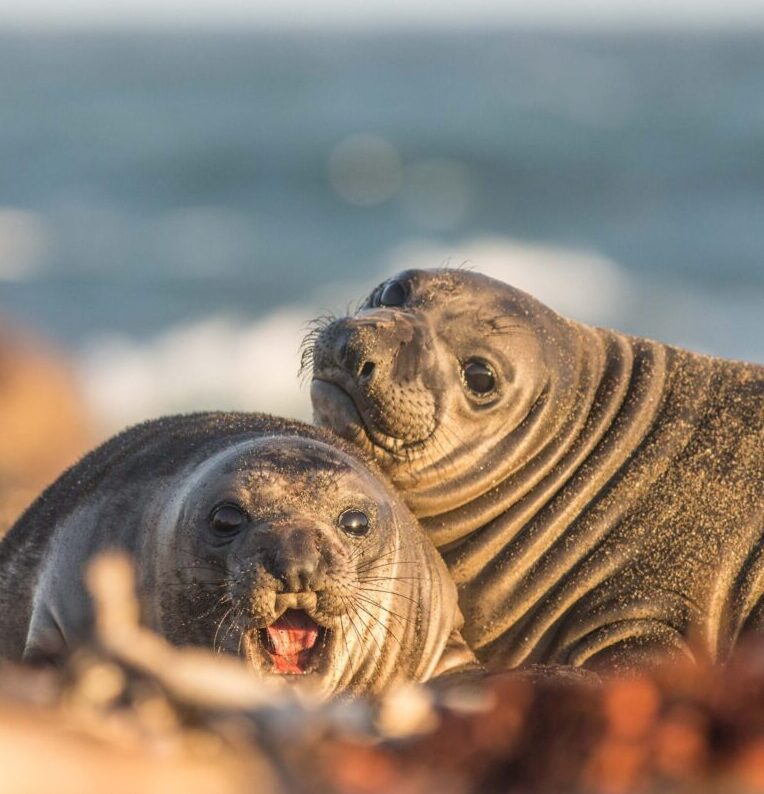A new international study has revealed the genetic impact of hunting in northern elephant seals. Published today (27.09.2024) in ‘Nature Ecology and Evolution’, the research shows that this species narrowly escaped extinction by hunting, resulting in lasting genetic effects in the present population. Fifteen German, British and US researchers from seven universities and four research institutions collaborated for this study led by Bielefeld University.
At the start of the 20th century, northern elephant seals were on the brink of being wiped out by hunting. ‘Genetic analyses suggest that the population was likely reduced to fewer than 25 animals at that time,’ explains Professor Dr Joseph Hoffman, lead author of the study and head of the Evolutionary Population Genetics group at Bielefeld University. Such drastic population declines can squeeze out a species’ genetic diversity, increasing the risk of inbreeding and threatening its survival. The population of northern elephant seals has since recovered to around 225,000 individuals. The study published in the journal ‘Nature Ecology and Evolution’ examines how this near-extinction event impacted the species’ genetic diversity and health.

© Universität Bielefeld/Martin Stoffel
Adaptability at risk
For their analyses, the researchers combined genetic data, health records, modelling of population sizes and genetic simulations. Their findings suggest that the severe population decline led to the loss of many beneficial and harmful genes from the northern elephant seal’s gene pool. This pattern was not observed in the closely related southern elephant seal, which did not experience such a drastic decline.
‘The highly reduced genetic diversity, including the loss of beneficial gene copies, may impair the ability of northern elephant seals to cope with future environmental changes, including those caused by anthropogenic climate change, changes to the species’ habitat, or even natural threats such as disease outbreaks,’ warns Professor Dr Kanchon K. Dasmahapatra from the University of York, UK, who is the senior author of the study.
Surprising results on inbreeding
All individuals of a species carry some harmful mutations, though their effects are usually hidden. However, inbred individuals may face health issues as these mutations become exposed. ‘We looked at several key health traits in these seals, including body weight, blubber thickness and disease susceptibility. To our surprise, we found no signs of health problems related to inbreeding,’ Joseph Hoffman says. ‘We believe the severe population decline may have eliminated many harmful mutations.’
Significance for species conservation
‘Our study illustrates how a species’ unique population history shapes its genetic diversity,’ says Dasmahapatra. The findings offer important insights for species conservation and ecosystem management. Hoffman adds: ‘Our research underscores the importance of understanding a species’ history when planning conservation strategies. Each species responds differently to threats, so individualized approaches are essential.’

© Bielefeld University/Sarah Jonek
Published in Nature Journal
The study was published in the journal ‘Nature Ecology & Evolution’. This online journal covers all aspects of ecological and evolutionary research. According to the data service provider Clarivate, the magazine has an impact factor of 13.9 (2023). For the study, scientists from the following institutions cooperated: the Universities of Bielefeld, Düsseldorf, Cambridge (UK), California Santa Cruz and Davis (USA), Hampton (USA) and York (UK) as well as the Center for Biotechnology at Bielefeld University, the British Antarctic Survey (UK), the Northwest Fisheries Science Centre (Seattle, USA) and the Alan Turing Institute (UK).




